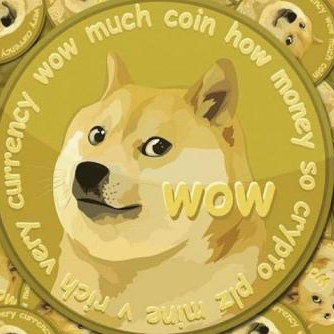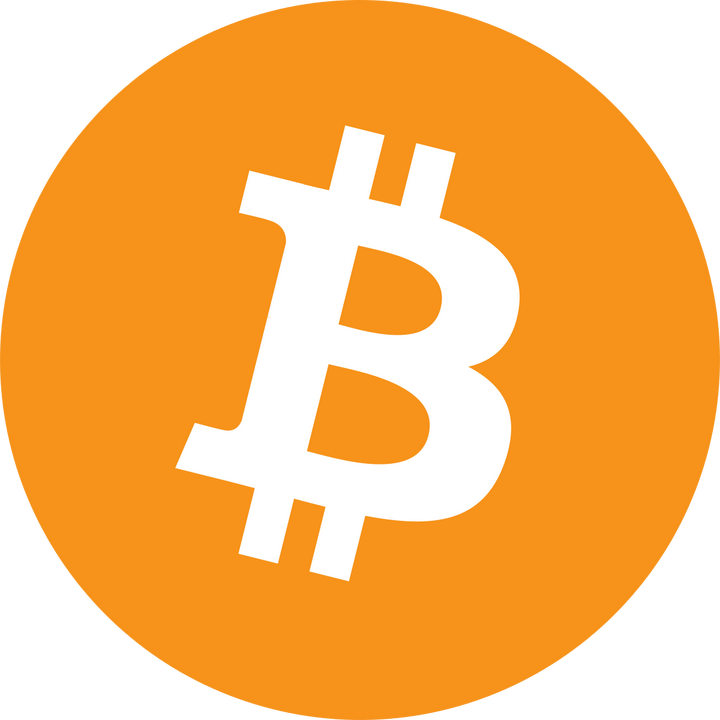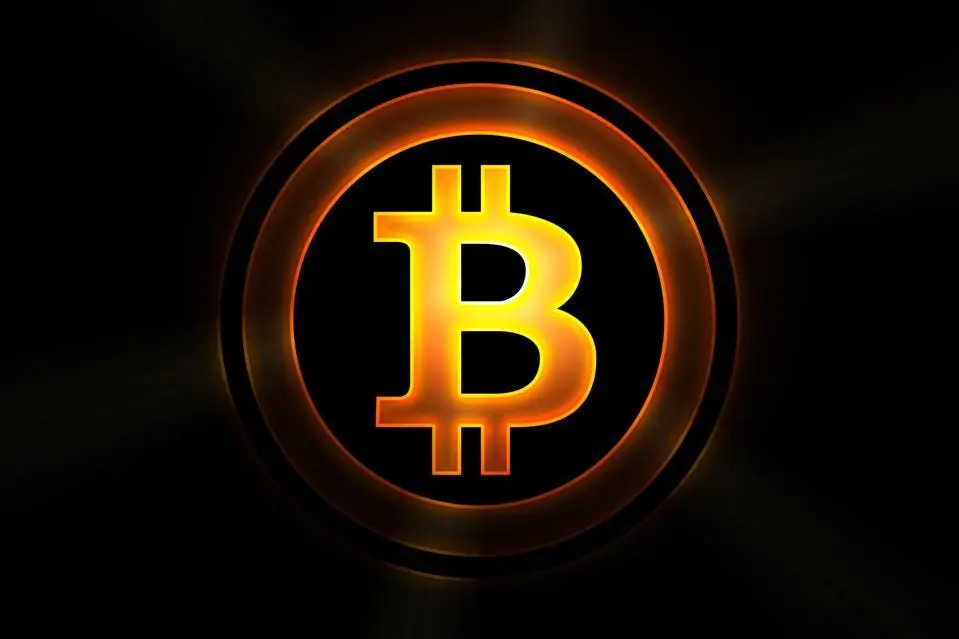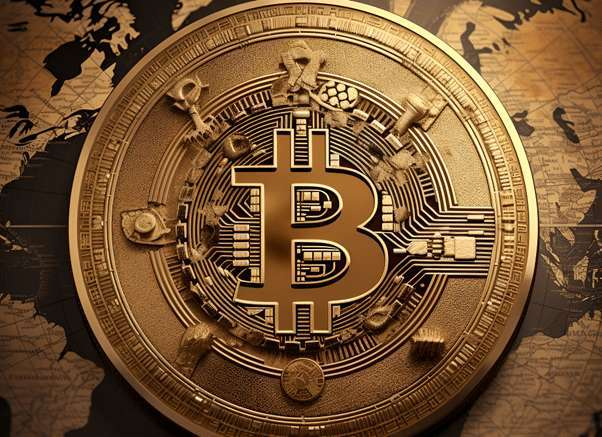Is Dogecoin worth investing?
Is Dogecoin worth investing?
Despite the bleak market last week, the price of Bitcoin fell 24% from its high point, but the news that attracted more attention in the mainstream media was the amazing rise of Dogecoin last week. In this article, we will try to explain why this situation occurs. Although Dogecoin is a joke coin, it is not left to the surface. The amazing influence of Dogecoin fully illustrates how power is being redefined in the digital age.

Dogecoin era
At first, I was worried whether I was writing this article because of the fanatical influence of Dogecoin. But after I read a good article about future currencies, I realized that there is no more important story of reshaping the currency than the skyrocketing price of Dogecoin.
Last Tuesday, the Dogecoin community tried to raise the price of Dogecoin to $0.69 to commemorate the U.S. ** Day on April 20. Although the price could not be as desired, this incident was extraordinary. After all, the stakes involved huge.
In this sense, the crazy journey of Dogecoin summed up an important moment in human history. The traditional money “story” in society is disintegrating, new and puzzling concepts such as SPACs (special purpose acquisition companies) and NFT (non-fungible tokens) are booming, and the market is full of entertainment, games, and mobs. The blind rush to buy and other atmosphere.
Dogecoin is part of this fierce battle for new meanings of currency, and is a testament to the 21st century power shift triggered by two different financial crises and the rise of social media networks. Let’s find out together:
The story of currency
Let’s start with the view that “currency is a story”.
I am a fan of Yuval Harari, the author of the best-selling book Homo sapiens. There is a view in the book that human civilization is built on one of our capabilities, that is, around the concept of imagination that is universally believed. The ability to organize.
For example, “company”, “nation-state” and other concepts that enable us to form complex social systems. But he said that currency is the most successful story in history.
Currency has no core intrinsic value, whether it is paper currency, cryptocurrency or gold. The value of a currency depends on the consensus on its value. This is not to say that certain types of currencies do not help their stories resonate. It mainly depends on the size of the consensus base. This is why Bitcoin can be described as “ Sound currency”, while Dogecoin cannot. If there is no consensus, all currencies are worthless.
For most of the past two thousand years, the main story is that the value of currency comes from sovereignty, because a country with taxation power has the supreme interest in optimizing social accounting functions, and social accounting functions are the true purpose of currency . In the later era of legal currency, it was the government’s “integrity and credibility” (beyond the gold standard) that guaranteed this value. Later, the view that a politically independent central bank would maintain the value of money by managing the money supply to meet the best interests of society further strengthened this view.
Now, as we enter such a stage, nationally endorsed currencies must compete with decentralized cryptocurrencies (such as Bitcoin or Dogecoin) as well as corporate currencies (diem on Facebook) or Starbucks points. This narrowly defined story is disintegrating, and the first catalyst appeared more than a decade ago.
Moment of crisis
In that article on the future of currency, the author of the article recalled an interview with the then Fed Chairman Ben Bernanke during an interview with the “60 Minutes” program at the height of the financial crisis in 2009. When asked whether the Fed’s currency injection into troubled banks was funded by taxpayers, Bernanke shook his head and said: “To lend to the bank, we only need to use a computer to modify the bank’s account size with the Fed. Up.”
He has always said: The Fed creates money by increasing or decreasing bank reserves. But for the public who are struggling to cope with the perplexity of the financial turmoil, this is a revelatory challenge to the basic story.
It reveals that the creation of money is not subject to some sacred rules of scarcity, and in our collective imagination, it has nothing to do with coins and paper money as units of value. It shows currency as a digital accounting system, which can be adjusted with a simple touch of the keyboard.
Fast forward to the new epidemic crisis in March 2020. At a time when the global economy is down and desperate for the U.S. dollar, the Fed is speeding up its “unlimited quantitative easing” policy, announcing that it will inject as many new dollars as possible into bank balance sheets to avoid financial collapse. It also expanded the asset classes that can be exchanged for the new U.S. dollar to include corporate bonds, exchange-traded funds and other non-government instruments. It now appears that the Fed will buy almost anything to support the market.
At the same time, in this new era of “unlimited quantitative easing”, the “trillion” figures brought about by stimulus measures are so large that, as Bloomberg columnist Jared Dillian pointed out last spring Like: “Money is losing its meaning.”
This erosion of meaning leads people to question the value of money, which naturally leads them to buy other things. This is reflected in the soaring prices of assets that appear to outsiders to be out of touch with real-world values: such as Bitcoin, GME stock, NFT, and Dogecoin.
But before we officially talk about Dogecoin, we have to think about another contributing factor: social media.
No-leader online community
Social media challenges the central organizational structure of society before the advent of the Internet. Although the Internet has failed to solve the problem of wealth inequality in general, anyone’s right to publish articles anonymously has produced a democratizing effect, giving the community the ability to organize around these new stories.
This is the MEME culture. Social media made it possible to crowdsource stories around MEME, which in turn gave rise to a new form of faith, a sense of mission and friendship. With these, these communities can stand up against the existing order.
This is what we saw in the GameStop phenomenon, a Reddit community with 7 million users pushed up the stock price of its favorite game retailer, causing huge losses to hedge funds. Because these hedge funds have tried to short the stock, believing that its value is inconsistent with reality.
The Dogecoin phenomenon is similar, but with one key difference: there is no regulatory agency or powerful Wall Street money management agency that can put pressure on it. This is very different from the GameStop case. In the GameStop case, regulators and private equity funds basically joined forces to prevent WallStreetBets’s favored trading application Robinhood from processing the company’s stock transactions, causing its stock price to plummet.
For Dogecoin, not only is no one responsible for managing this cryptocurrency, but Dogecoin can also be traded on dozens of exchanges, and some exchanges themselves are still decentralized.
Who is behind Dogecoin that regulators can take? You know, Dogecoin is a joke coin, and its inventor not only withdrew from the project, but even withdrew from the industry. Like Bitcoin, there is no founder pre-mining or ICO, and there is no obvious known trading team.
The market meets MEME
At least for now, this structure allows the Dogecoin community to continue the collective creation of MEMEs and hotspots, stimulating speculation on Dogecoin.
Equally important, it creates a unique opportunity for others to pick up this quirky, community-driven brand and its popular Shiba Inu logo: an image of fun, absurd irony and common interest, one suitable for z Brands in the Internet age led by generations and millennials. This in turn gave birth to a new symbiosis marketing model, as brands want to take advantage of the high-value stickiness of the Dogecoin community.
The decisive moment appeared in the imaginative social media marketing campaign of the American smoker brand Slim Jim. However, the mass base of Dogecoin was laid in the early days of the community. At that time, enthusiasts spontaneously participated in various marketing activities to improve dogs. The popularity of Dogecoin. In 2014, Dogecoin sponsored a Nascar racer. With an idea, Dogecoin also funded the Jamaican sled team.
Dogecoin will never become Bitcoin or its related vision: a store of value, a global reserve currency, and a future medium of exchange for a decentralized economy. But through this unique fusion, an interesting brand, a strong community formation and some strong market influence, we have seen how the digital media economy in the 21st century reconceptualizes money.
But this does not mean that you should invest in Dogecoin, it just illustrates the importance of the Dogecoin phenomenon.
Just two weeks ago, the market value of Dogecoin was $8.3 billion, slightly lower than Hyatt Hotels. Then the dog started to rise, not only surpassing Hyatt Hotels, but also quickly surpassing the engineering giant Halliburton, the banking group Credit Suisse and the insurance company (Aflac). Then, the Dogecoin market value exceeded 45 billion U.S. dollars last weekend, surpassing Barclays (Barclays), which has a history of 330 years, and reached a peak of 53.98 billion U.S. dollars on Monday, slightly higher than the Swiss banking giant UBS (UBS).
Since then, the valuation of Dogecoin has begun to fall, with a valuation of just under $40 billion on Thursday afternoon. This is comparable to asset management giant T. Rowe Price.
For a joke coin, this is already good.
Bitcoin vs gold
Stansberry Research held a highly anticipated debate last week, with participants being MicroStrategy CEO Michael Saylor and investor Frank Giustra . Thaler is a well-known Bitcoin advocate, and Giustla is a gold advocate and a skeptic of Bitcoin.
Thaler uses science fiction as the background of the debate and begins with a grand argument. He proposed that if the gods come and design a perfect “God Coin” system, Bitcoin will be the closest to possessing the same attributes. In addition, he also described in detail the working principle of Bitcoin and why he believes that Bitcoin is the highest level of “sound money”.
This tall and exaggerated image of Bitcoin seems to annoy Giustla, who said that the use of laser eyes and other jokes in the circle made Bitcoin “feel like a cult.” In a subsequent tweet, gold market media gold Telegraph chose to superimpose a picture of Thaler playing the Pied Piper next to Giustla’s video to emphasize this point. Seiler has laser eyes and is a Pied Piper, leading a group of people to destruction.




